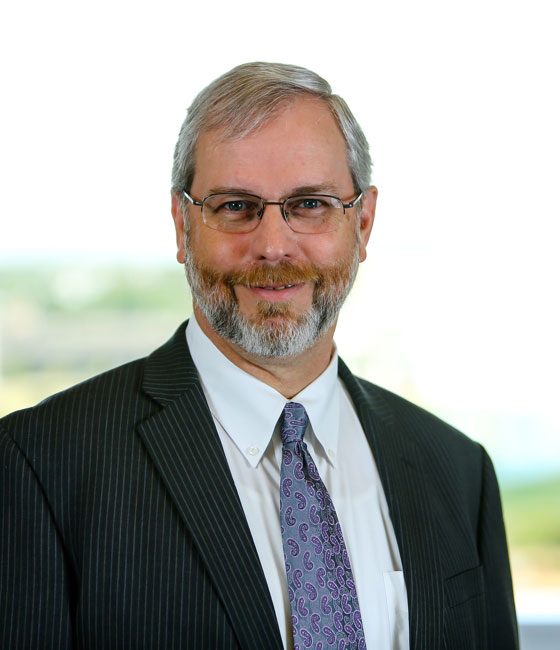As a second generation architect, Michael J. Mace became interested in the field at a very early age. His father graduated with a degree in architecture when Michael was 8 years old, so he has clear memories of looking over his father’s shoulder, watching him work on class projects. Following the example set for him, Michael also graduated from Washington State University with a Bachelor of Architecture degree 17 years later. Today, he is a recognized expert in the design of mission critical facilities, a specialization that he has written about in several industry journals.
Michael, who heads the Science and Technology market sector for Page nationally, is based in Denver. He joined Page in 1996 in the Austin office to serve as Project Director for the firm’s Science and Technology group. In this demanding role, he has led many technically challenging projects, including some of Page’s largest semiconductor and data center projects around the world. His portfolio includes the $3.5 billion Samsung Fab A2 project in Austin, which encompassed 1.6 million square feet of new construction and 350,000 square feet of cleanroom manufacturing space.
How does Michael succeed in completing such complex projects on time and on budget? “Collaboration is the key,” Michael wrote in a 2011 article for Area Development. “Without question, it is the ability of the owner, architect, and contractor to enter into a collaborative relationship that determines the success of a fast-tracked project. Collaboration means not only sitting at the same table talking, but each party understanding and respecting the strengths and needs of the other. When that happens, and a few simple techniques are applied, the result is a facility that is ready in the shortest time possible – achieving true speed to market.”
Michael has developed a specific expertise in large data center projects, such as the Hewlett-Packard Modular Data Center Basis of Design for the company’s $1 billion data center consolidation and the first two new data centers for Hewlett-Packard in Austin. In addition, he served in key design roles for ten new data center projects for a confidential Fortune 50 financial sector client and has led several similar data center projects for such high-profile clients as United Airlines, Dell Computer Corporation, the Hospital Corporation of America, the University of Texas at Austin, Frost Bank, Huntington Bank and Applied Materials.
Today, he attributes much of his professional success to the mentoring he received as a result of growing up around the industry. As evidence, numerous industry publications and event organizers have sought Michael’s contributions, including:
- ENR interview: “Data Center Green Movement Gains Ground,” September 2012
- BISNOW Data Center Investment Conference & Expo Panel Moderator: “Where to Locate your Data Center”, July 2012
- The Data Center Journal: “How much for Data Center Consultancy Work?”, July 2011
- American Laboratory Design Magazine: “Attention to Details: Solving Common Design Challenges to Keep a Fabrication Facility Project on Track”, April 2008

